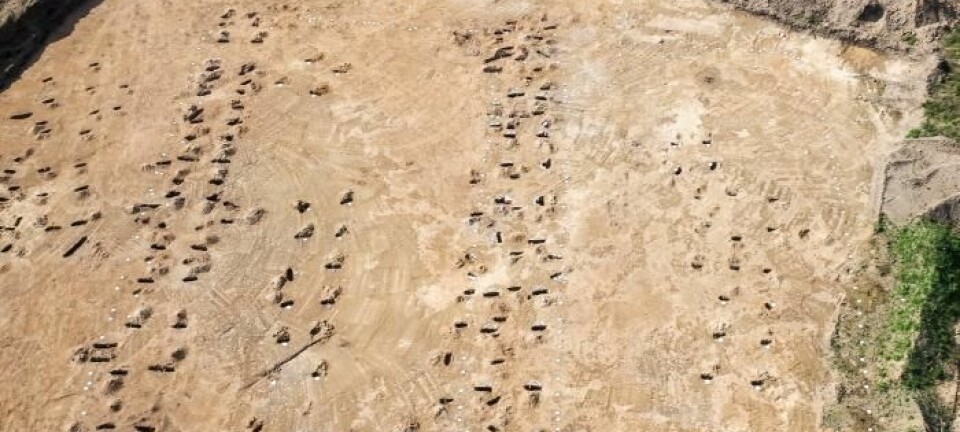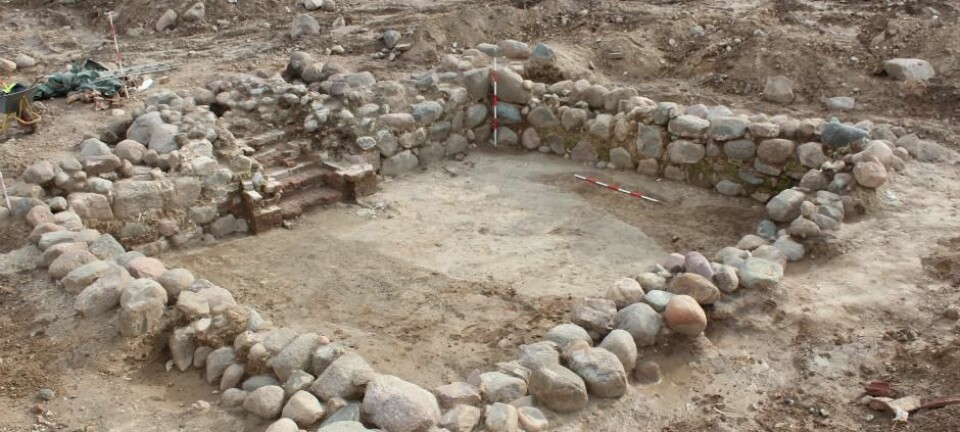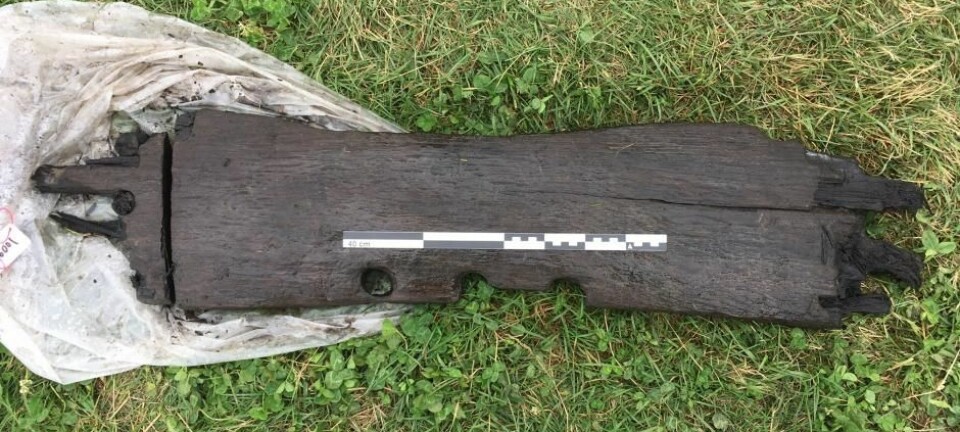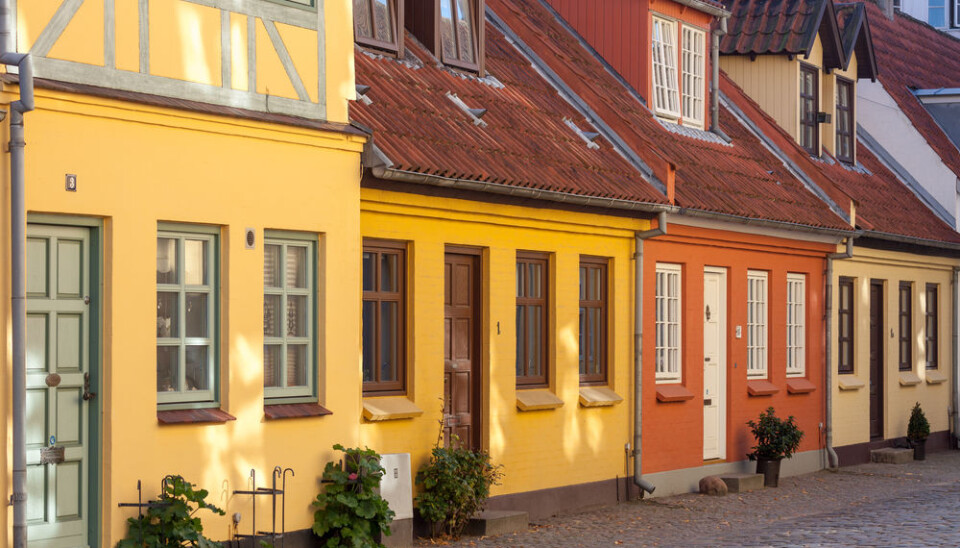
Are these Danish cities older than previously thought?
Odense could have been settled as early as the late eighth century, and many other towns could be older than you think, according to new study.
Odense, birth place of Hans Christian Andersen, is at least 100 years older than previously thought, say two Danish archaeologists.
As part of a new research project, they have reviewed material from a number of excavations and discovered that there was already a settlement in Odense at the end of the 700s CE, and that it was an established city by the year 900 CE.
Odense is conventionally thought to have been established in the year 988 CE, according to written sources.
“They written sources show that Odense had a Bishop and a Cathedral, which suggests that it was already a large town at this point. So, there must have been something earlier,” says Mads Runge, head of research at Odense City Museums, Denmark, and lead-author on the new study published in the Danish Journal of Archaeology.
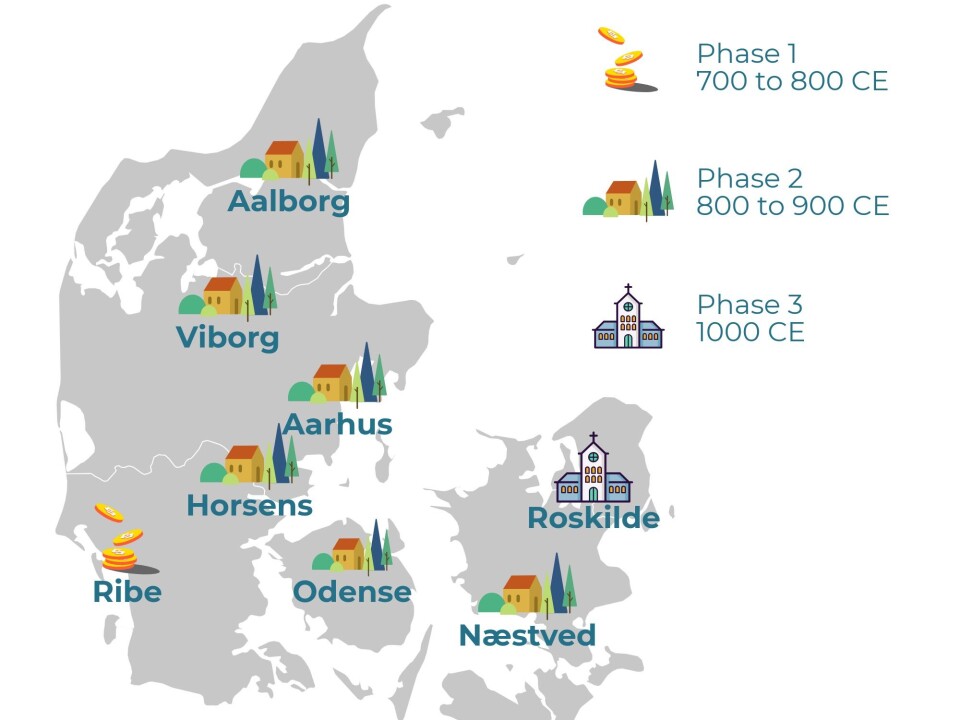
This could also apply to other Danish towns, including Aarhus, Aalborg, Viborg, Næstved, and Horsens, says Runge.
Read More: 800-year-old rune stick unearthed during excavation of Danish city
Fills a gap in Denmark’s urbanisation
Danish towns and cities are thought to have developed in two phases:
- 700 to 800 CE: Where trading towns such as Ribe and Hedeby in west Denmark were established.
- 1000 CE: Where Royal cities such as Roskilde and Lund, in modern day Sweden, were established.
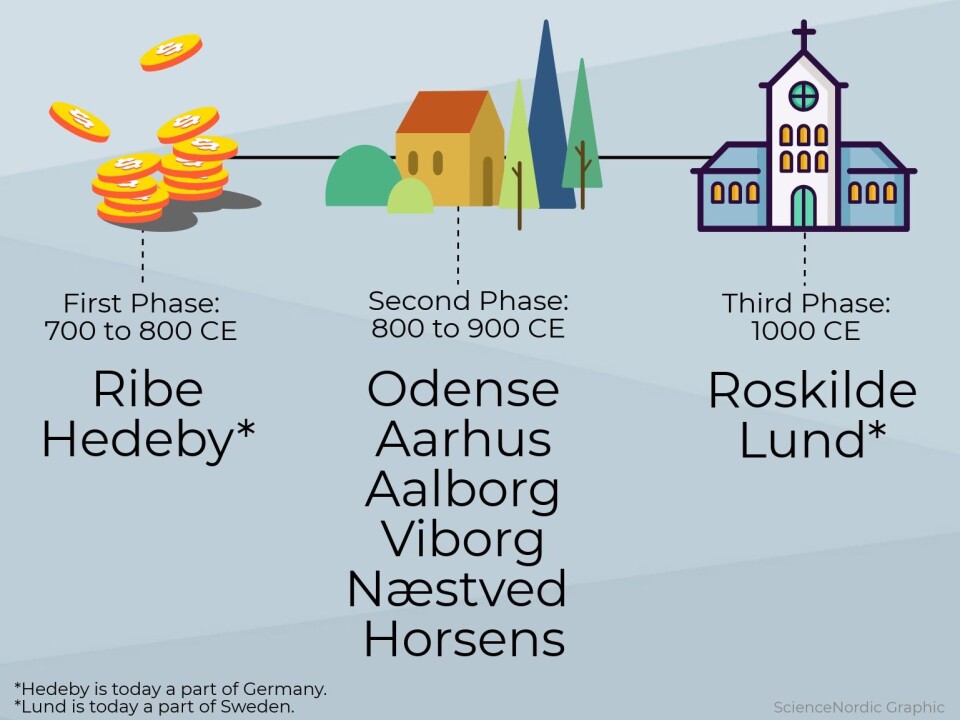
But the new research in Odense suggests the existence of an intermediate phase, between 800 to 900 CE, in which a number of other settlements appeared.
These form a bridge between these the two phases of urbanisation, says Runge.
“We think that Odense was established earlier than we previously thought. And if you look at other towns with fresh eyes, we think that we can argue they too were established earlier,” he says.
“It’s interesting enough that Odense is older, but the crucial thing is what this means, culturally speaking, for our understanding of cities today.”
Read More: Leprosy DNA extracted from medieval skeletons in Denmark
An “exemplary” study
Odense has been undergoing extensive urban renewal in recent years, allowing archaeologists to study new areas of the city.
They have been also revisited previous excavations to re-date previously studied materials.
“It’s really good,” says archaeologist, Jens Ulriksen from the Museum of South East Demark, who was not involved in the new study, but has studied some of the sites before. He describes the study as “exemplary.”
“They have really looked in all the nooks and crannies in Odense and its hinterland,” he says.
Read More: Lost medieval village discovered in Denmark
A Viking street, now a sustainable quarter
Runge and his colleague Mogens Bo from Odense City Museums, were able to study new excavations in an area of Odense known as Thomas B. Thriges gade (Thomas B. Thriges Street). The street crosses modern day Odense and will be renovated in a new sustainable quarter of the city, but its roots are Viking.
It traces a thread all the way back to the end of the 700s CE, says Runge.
“We find for example pit houses, where people carried out specialised crafts, which extends beyond local use. This indicates trade with a larger region,” he says.
They also found traces of permanent dwellings that fit with the earlier dates.
Unlike seasonal dwellings, which you can see numerous examples of along the Scandinavian coast in the 700s, the permanent buildings suggest something more established, like a town.
Read More: Archaeologists excavate 400 Iron Age houses in Denmark
Odense has been important since the Viking Age
Most archaeologists agree that Odense has some sort of Viking origins. It is located near to one of Denmark’s famous Viking Ring Fortresses, and even its name suggests a Viking origin: ‘Odins vi’ meaning Odin’s shrine.
The new study suggests that the town started as a development of the agricultural hinterland, which became a central transit place for traders—an ideal stop off point.
This goes against the previous definition, in which a settlement was only considered a town if it had two churches.
“We don’t think that’s is crucial. It is on the contrary, large, dense settlements, where commercial activities differentiate themselves from farming,” says Runge.
Read More: Archaeologists uncover remains of a horrifying Iron Age battle in Denmark
Early urbanisation is a difficult field
Ulriksen has previously suggested that Odense belongs in another group: The same group as the cathedral town of Roskilde in East Denmark, which was established as a Royal city around 1000 CE.
While he’s impressed by the new research, he’s not quite convinced that Odense was really an established town as early as the 700s.
“Urban development is one of those areas that’s very difficult to pin down because it’s at the border between archaeology and history—where you look to written sources for definitions. Here, they try to argue that Odense underwent a development stage that hasn’t really been defined before in Denmark—a type of proto-city,” says Ulriksen.
He emphasises that he can see the argument for Odense being a special place in the Viking Age, but the archaeological evidence of an earlier date for an established settlement is limited, he says.
“They say this themselves, that there is very little material from Odense, and therefore I think that it’s difficult to conclude anything for certain,” he says.
“Sometimes you have to take a deep breath and look again. And I think that’s the case here,” he says.
---------------
Read this article in Danish at ForskerZonen, part of Videnskab.dk
The map illustrating the locations of the Danish towns in question originally placed Hedeby in modern day Denmark. This has been corrected.
Translated by: Catherine Jex

